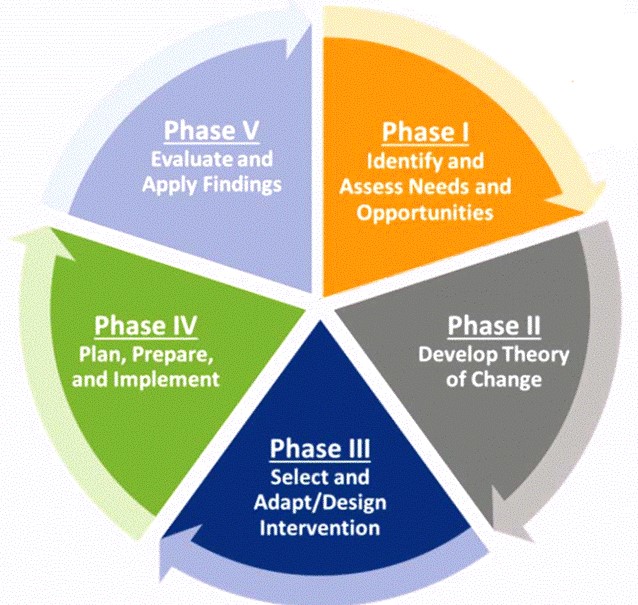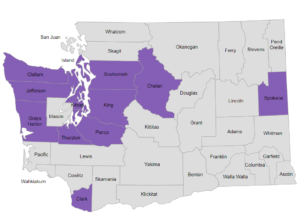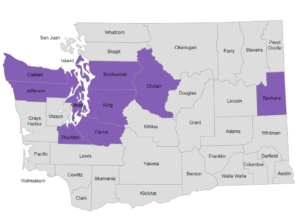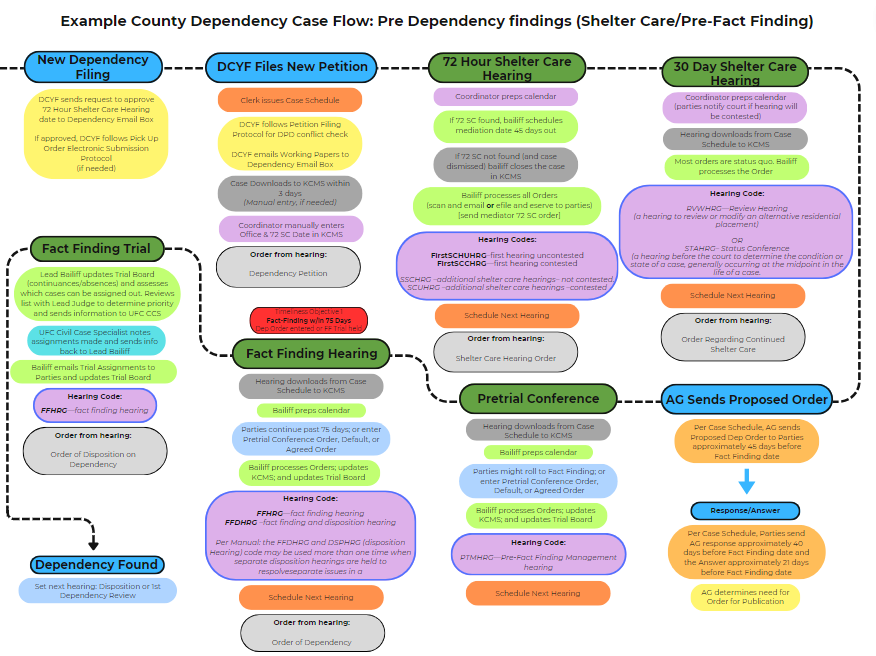CQI or Continuous Quality Improvement is a process of implementing small changes to improve the outcomes of your court over time. For CQI to work, you must have a plan to find out if improvement is happening (data collection) and have a clear process to make changes that helps achieve your goals (change management).
The Capacity Building Center for Courts has a number of useful tools for helping you begin this important work. We will share a few tools below and walk through an example brought to us by a number of courts this year, but would encourage you to sign up for a training to develop a process that will work best for your team.
As identified in the tools provided by the experts at Capacity Building Center for Courts (also available on the CBCC website and CIPShare): there are five stages to a change management process.
Each phase below is linked to a quick tips pdf sheet describing the components of the stage, suggested questions your group needs to ask, and tasks that need to happen in order to move your goal forward.
Phase 1: Identify and Assess Needs and Opportunities
Phase 2: Develop a Theory of Change
Phase 3: Select and Adapt or Design Intervention
Phase 4: Plan Prepare and Implement (Piloting your Program)
Phase 5: Evaluate and Apply Findings
CBCC also has one page quick guide (also available here as a pdf download) to have handy as you start to put your ideas into action.
Change Management Walk-Through: Race Equity Example
Our Team created a hypothetical example using a racial equity outcome based on requests from multiple FTCs in Washington State. We hope to offer similar walk-throughs using additional examples from our courts. Now that you have your own court’s performance measures, it will be simple to identify areas for improvement. Please contact us if you have an idea you’d like to develop further or you have successfully implemented a change!





